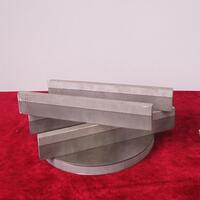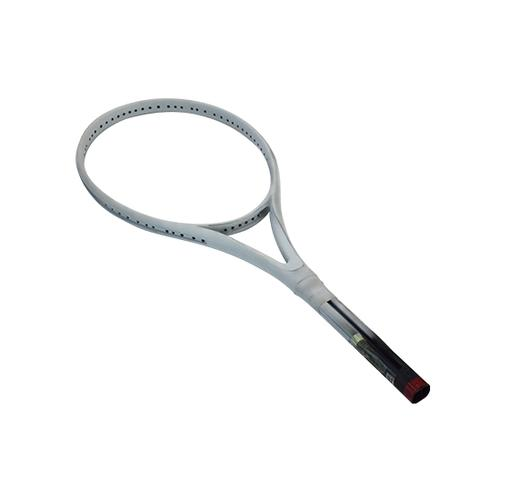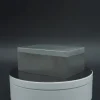1. Introduction
In a landmark announcement on June 14, 2024, the Council on Tall Buildings and Urban Habitat (CTBUH) recognized the new ‘Veridian Tower’ in Toronto for its pioneering use of a titanium-clad facade that integrates photovoltaic cells—marking a turning point in sustainable skyscraper design. This breakthrough underscores the growing role of advanced metal clad systems in pushing the boundaries of architectural performance and aesthetics.

Metal clad—often interchangeably referred to as clad metals or metal cladding—describes composite materials where a base metal is bonded with a corrosion-resistant or decorative surface layer. Far beyond basic roofing or siding, today’s metal clad applications span aerospace, energy infrastructure, and especially high-end architectural envelopes.
2. Understanding Clad Metal Meaning and Composition
The term ‘metal clad meaning’ refers to a layered metal structure engineered to combine the structural strength of a core material—such as carbon steel or aluminum—with the surface properties of a more resilient or visually appealing metal like stainless steel, copper, or zinc.
Common configurations include aluminum clad steel, stainless clad aluminum, and copper nickel clad. These are produced through roll bonding, explosion cladding, or electroplating processes, ensuring metallurgical adhesion without compromising integrity.
- Aluminum clad stainless steel offers lightweight strength with corrosion resistance.
- Titanium clad plates are used in chemical processing due to extreme inertness.
- 2024 T3 clad and 7075 T6 clad aluminum alloys are standard in aerospace for fatigue resistance.
3. Advanced Applications in Architectural Facades
3.1. Corten Steel Facade and Siding

Corten steel facade systems have surged in popularity for their self-weathering properties, eliminating the need for painting while developing a stable rust-like appearance. Architects specify corten steel siding for museums, urban lofts, and public installations where raw, industrial aesthetics align with low maintenance.
Despite higher corten siding cost—typically 20–30% more than standard steel—the lifecycle savings and visual uniqueness justify its use in premium projects. Corten steel plate is often pre-weathered off-site to control oxidation rates.
3.2. Zinc and Copper Cladding Systems
Zinc facade panels, including zinc clad dormer roofs and zinc metal siding, offer 80+ year service lives with minimal upkeep. Their subtle matte finish evolves gracefully, making them ideal for heritage-sensitive districts.
Similarly, copper siding develops a distinctive patina over time, prized in institutional and ecclesiastical architecture. Both materials are fully recyclable, aligning with green building certifications like LEED and BREEAM.
3.3. Standing Seam and Corrugated Systems
Vertical standing seam metal siding and colorbond standing seam roofs dominate commercial and residential metal clad building designs. Brands like PAC Clad offer systems such as PAC Clad HWP (High-Performance Wall) and PAC Clad coping, engineered for thermal movement and wind uplift resistance.

Exterior corrugated metal siding—often using corrugated steel facade panels—provides cost-effective durability for sheds, warehouses, and modern homes. When combined with metal clad insulation, these systems achieve superior thermal performance.
4. Structural and Functional Roles Beyond Aesthetics
Beyond visual impact, metal clad components serve critical functional roles. Aluminum clad pipe insulation protects HVAC lines in extreme environments, while metal clad electrical wire (including CU clad wire and aluminum clad steel wire) ensures fire resistance and mechanical protection in commercial installations.
In industrial settings, clad metal meaning extends to pressure vessels and heat exchangers. For instance, stainless steel plate bonded to mild steel plate creates cost-effective reactor shells that resist corrosive media without requiring solid stainless construction.
Steel Clad Inc. and similar fabricators now supply custom steel clad house panels that integrate structural framing with finished exterior surfaces, accelerating on-site assembly.
5. Material Selection and Technical Considerations
Choosing the right metal clad type depends on environment, budget, and performance needs. Coastal projects favor 316 stainless steel plate or aluminum 5052 sheet for salt resistance. Urban areas may opt for PAC Clad column covers in bronze or black zinc for visual contrast.
Key material references include ASTM A387 for alloy plate standards and specifications for 6061 T6 aluminum plate or 316L SS plate in high-stress applications. Thicknesses range from 1/8 inch steel plate to thick steel plate over 2 inches for base plates and heavy machinery mounts.
For roofing, zinc clad roof and PAC Clad standing seam systems outperform traditional asphalt in longevity and storm resistance. Meanwhile, aluminum diamond tread plate and stainless steel checker plate serve dual roles as cladding and slip-resistant surfaces in transit hubs.
6. Conclusion
Metal clad technology has evolved far beyond simple protective coverings. In today’s built environment, it enables architects and engineers to merge form, function, and sustainability—whether through a corten steel siding installation, a titanium-clad skyscraper, or an aluminum-clad stainless steel duct system. As material science advances, the definition of metal clad meaning will continue to expand, driving innovation across construction, energy, and design.
Our Website founded on October 17, 2012, is a high-tech enterprise committed to the research and development, production, processing, sales and technical services of ceramic relative materials such as What. Our products includes but not limited to Boron Carbide Ceramic Products, Boron Nitride Ceramic Products, Silicon Carbide Ceramic Products, Silicon Nitride Ceramic Products, Zirconium Dioxide Ceramic Products, etc. If you are interested, please feel free to contact us.
